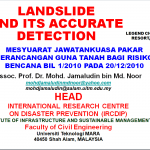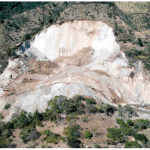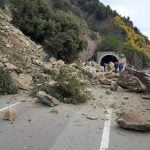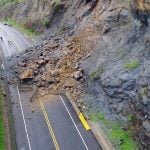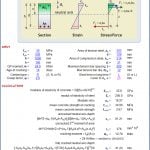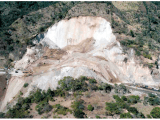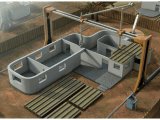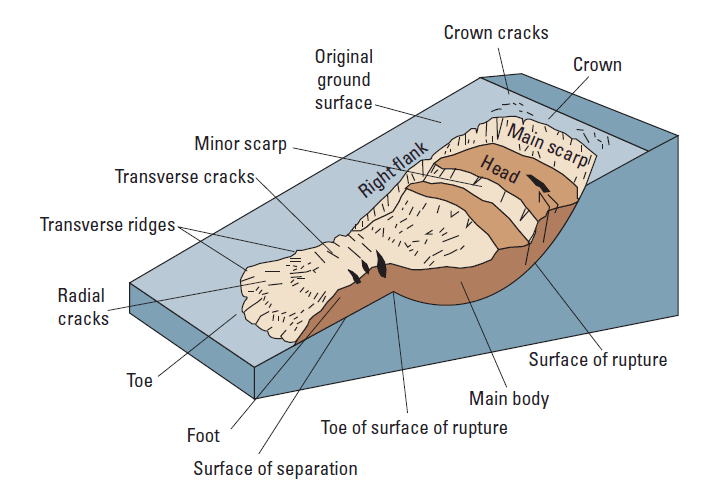
What is a Landslide?
10 July 2019 Off By The Engineering CommunityWhat is a Landslide?
Geologists, engineers, and other professionals often rely on unique and slightly differing definitions of landslides. This diversity in definitions reflects the complex nature of the many disciplines associated with studying landslide phenomena.
For our purposes, landslide is a general term used to describe the downslope movement of soil, rock, and organic materials under the effects of gravity and also the landform that results from such movement (please see figure 1 for an example of one type of landslide).
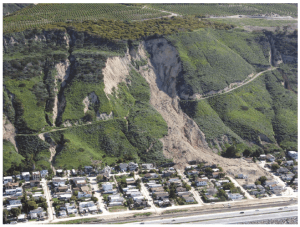
Figure 1. This landslide occurred at La Conchita, California, USA, in 2005. Ten people were killed. (Photograph by Mark Reid, U.S. Geological Survey.)
Varying classifications of landslides are associated with specific mechanics of slope failure and the properties and characteristics of failure types; these will be discussed briefly herein.
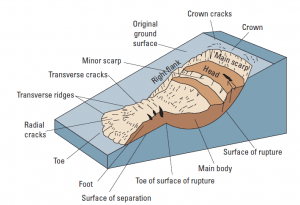
Figure 2. A simple illustration of a rotational landslide that has evolved into an earthflow. Image illustrates commonly used labels for the parts of a landslide (from Varnes, 1978, Reference 43).
There are a number of other phrases/terms that are used interchangeably with the term “landslide” including mass movement, slope failure, and so on. One commonly hears such terms applied to all types and sizes of landslides.
Regardless of the exact definition used or the type of landslide under discussion, understanding the basic parts of a typical landslide is helpful.
Figure 2 shows the position and the most common terms used to describe the unique parts of a landslide.

